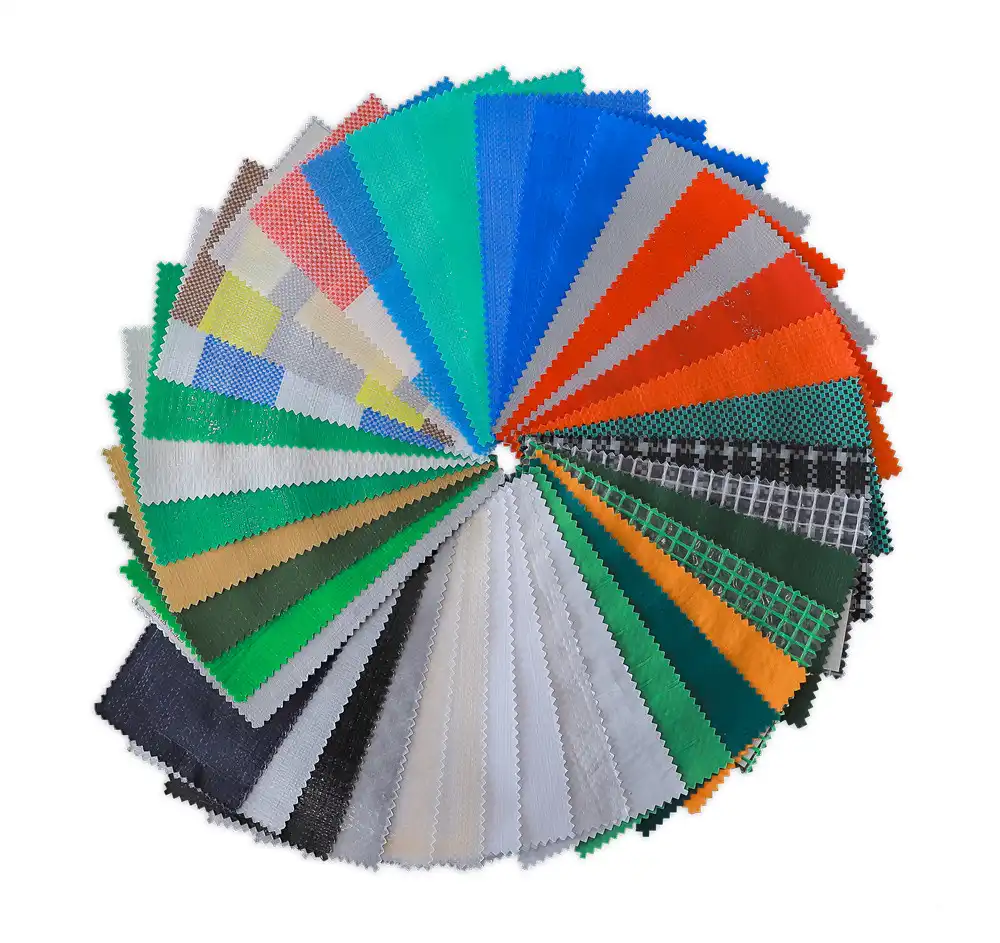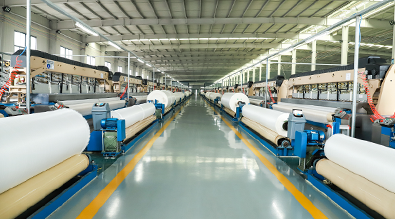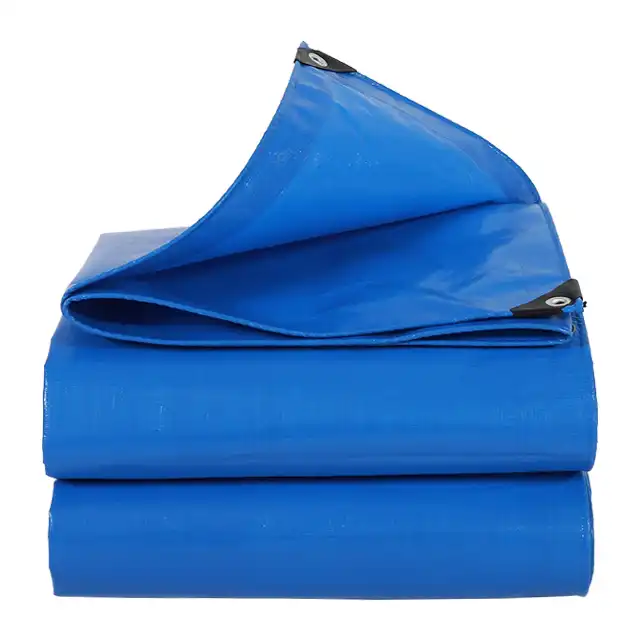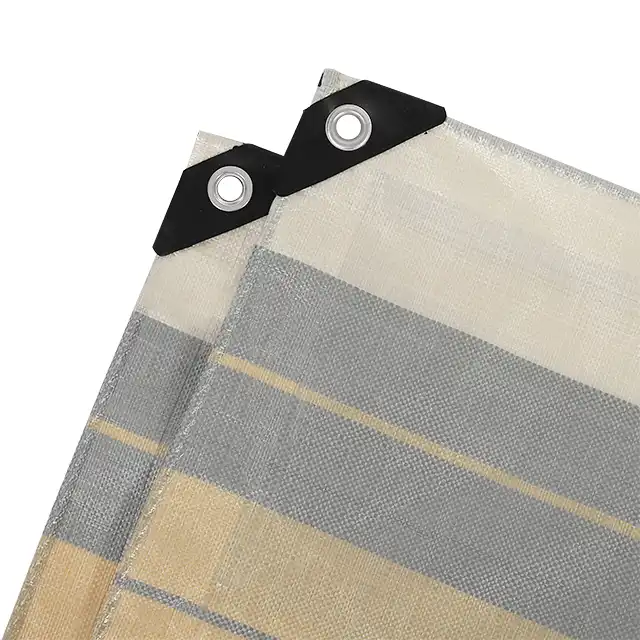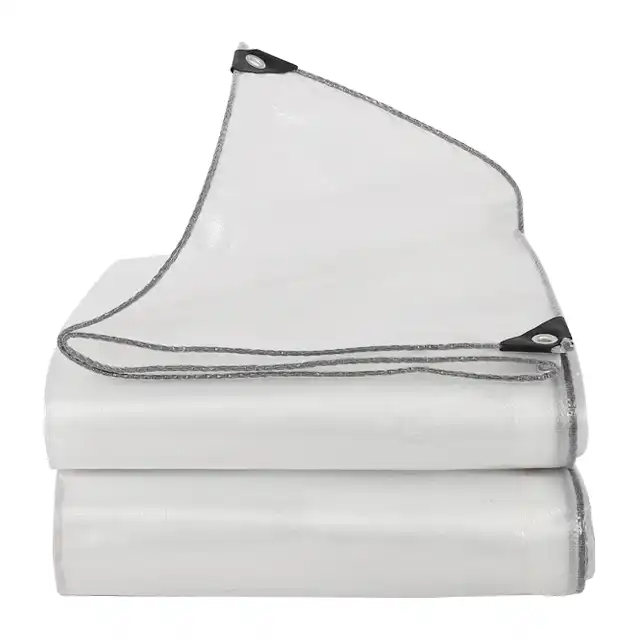Choosing the Right Thickness for Your Pond Liner Project
Selecting the appropriate pond liner thickness is a critical decision that determines the longevity, durability, and performance of your aquatic project. Whether you're constructing a decorative garden pond, agricultural water storage facility, or commercial aquaculture system, understanding pond liner thickness requirements will save you from costly repairs and premature replacements. The measurement of pond liner thickness, expressed in mils (thousandths of an inch), directly impacts the liner's ability to withstand environmental pressures, resist punctures, and maintain water containment integrity over time. This comprehensive guide explores the essential factors that influence thickness selection, helping you make an informed decision that balances performance requirements with budget considerations for your specific pond liner thickness needs.
Understanding Pond Liner Thickness Specifications and Measurements
Material Composition and Thickness Standards
 The pond liner thickness industry operates on standardized measurements that ensure consistency across different manufacturers and applications. Professional-grade polyethylene (PE) pond liners typically range from 20 mils to 120 mils in thickness, with each mil representing one-thousandth of an inch. Modern manufacturing processes utilize high-quality PE materials with denier ratings ranging from 400D to 2500D, providing exceptional strength characteristics. Advanced production facilities employ sophisticated yarn extrusion techniques using over 30 high-tech extruding machines to achieve precise thickness control. The manufacturing process involves multiple quality checkpoints, including fabric weaving on specialized 5-meter and 4-meter width machines, followed by professional coating applications using large fabric coating machines operated by experienced technicians. Quality control systems monitor every production stage to ensure consistent pond liner thickness throughout the manufacturing process.
The pond liner thickness industry operates on standardized measurements that ensure consistency across different manufacturers and applications. Professional-grade polyethylene (PE) pond liners typically range from 20 mils to 120 mils in thickness, with each mil representing one-thousandth of an inch. Modern manufacturing processes utilize high-quality PE materials with denier ratings ranging from 400D to 2500D, providing exceptional strength characteristics. Advanced production facilities employ sophisticated yarn extrusion techniques using over 30 high-tech extruding machines to achieve precise thickness control. The manufacturing process involves multiple quality checkpoints, including fabric weaving on specialized 5-meter and 4-meter width machines, followed by professional coating applications using large fabric coating machines operated by experienced technicians. Quality control systems monitor every production stage to ensure consistent pond liner thickness throughout the manufacturing process.
Measurement Conversion and Industry Standards
Understanding the relationship between different thickness measurements is crucial for proper liner selection. The conversion between mils and millimeters follows a standard formula where 1 mil equals 0.0254 millimeters. For example, a 30-mil liner measures approximately 0.76 millimeters in thickness, while a 60-mil liner equals approximately 1.52 millimeters. These measurements align with international standards and allow for accurate comparison between different manufacturer specifications. Professional installers and engineers rely on these standardized measurements to calculate material requirements and ensure compatibility with project specifications. The pond liner thickness specifications also consider tensile strength, elongation properties, and puncture resistance, which directly correlate with the material's thickness and density.
Quality Assurance in Thickness Manufacturing
Manufacturing excellence in pond liner thickness production requires sophisticated quality management systems that monitor every aspect of the production process. ISO 9001:2015 certified facilities implement comprehensive quality monitoring protocols that track thickness consistency across entire production runs. Advanced testing equipment measures thickness variations at multiple points throughout the manufacturing process, ensuring uniformity within acceptable tolerance ranges. Third-party testing laboratories conduct independent verification of pond liner thickness specifications, providing additional quality assurance for end users. The quality control process includes regular calibration of measuring equipment, statistical process control monitoring, and comprehensive documentation of all thickness measurements throughout production.
Application-Based Thickness Selection Guidelines
Residential and Decorative Pond Applications
Residential pond projects typically require pond liner thickness selections that balance durability with cost-effectiveness for smaller-scale applications. Garden ponds and decorative water features generally perform well with 30-mil to 45-mil thickness specifications, providing adequate protection against common residential hazards such as pet traffic, minor ground settlement, and typical weather conditions. The selection process considers factors including pond depth, soil conditions, and anticipated maintenance requirements. Residential applications benefit from flexible installation characteristics that allow for easier handling during construction phases. Professional landscapers often recommend slightly thicker specifications for long-term residential projects, recognizing that the modest additional cost provides significantly extended service life and reduced maintenance requirements over time.
Agricultural and Irrigation Pond Requirements
Agricultural applications demand robust pond liner thickness specifications that withstand harsh environmental conditions and intensive use patterns. Farm ponds, irrigation reservoirs, and livestock watering systems typically require 40-mil to 60-mil thickness ratings to handle agricultural chemicals, equipment traffic, and seasonal temperature variations. The agricultural environment presents unique challenges including potential contact with fertilizers, pesticides, and mechanical equipment that can compromise thinner liner materials. Proper thickness selection for agricultural applications considers long-term exposure to UV radiation, extreme temperature cycling, and potential ground movement from farming operations. Many agricultural projects benefit from reinforced polyethylene construction that provides superior puncture resistance and chemical compatibility compared to alternative materials.
Commercial and Industrial Applications
Commercial and industrial pond projects require the most demanding pond liner thickness specifications to handle challenging operational conditions. Waste containment, chemical storage, and industrial process water systems typically utilize 60-mil to 120-mil thickness ratings to ensure regulatory compliance and operational safety. Industrial applications often involve exposure to aggressive chemicals, elevated temperatures, and mechanical stress that exceed the capabilities of standard residential-grade materials. The selection process incorporates detailed analysis of chemical compatibility, temperature ranges, and mechanical loading conditions. Professional engineering consultation ensures that thickness specifications meet or exceed regulatory requirements while providing appropriate safety margins for unexpected operational conditions.
Factors Influencing Optimal Thickness Selection
Environmental and Site Conditions
Environmental factors play a crucial role in determining appropriate pond liner thickness requirements for successful project outcomes. Soil composition, drainage characteristics, and subsurface conditions directly impact the mechanical stress experienced by liner materials throughout their service life. Rocky or abrasive soil conditions necessitate thicker specifications to resist puncture damage from sharp objects or ground movement. Climate considerations include temperature extremes that cause material expansion and contraction, UV exposure levels that affect long-term durability, and precipitation patterns that influence hydrostatic pressure loads. Proper site preparation, including underlayment installation and substrate conditioning, can reduce thickness requirements while improving overall system performance and longevity.
Load and Pressure Considerations
Hydrostatic pressure calculations form the foundation of pond liner thickness selection for projects involving significant water depths or volume requirements. Deeper ponds generate higher pressure loads that require thicker materials to maintain structural integrity and prevent premature failure. The relationship between water depth and required thickness follows engineering principles that account for material properties, safety factors, and expected service life. Additional loading considerations include wind effects on large surface areas, ice formation in cold climates, and potential seismic activity in geologically active regions. Professional engineers utilize specialized software and calculation methods to determine optimal pond liner thickness specifications that meet or exceed design requirements while maintaining economic feasibility.
Economic and Lifecycle Analysis
Cost-benefit analysis comparing different pond liner thickness options reveals that initial material cost differences often pale in comparison to long-term operational and maintenance expenses. Thicker materials typically provide extended service life, reduced maintenance requirements, and lower risk of catastrophic failure that could result in expensive repairs or environmental damage. The economic analysis includes consideration of installation labor costs, which may be reduced with thicker materials due to improved handling characteristics and reduced risk of installation damage. Professional project managers utilize lifecycle cost analysis techniques that account for initial investment, maintenance expenses, expected service life, and replacement costs to determine the most economical pond liner thickness selection for specific applications.
Conclusion
Selecting the optimal pond liner thickness requires careful consideration of application requirements, environmental conditions, and long-term performance objectives. The decision significantly impacts project success, operational costs, and environmental protection. Professional-grade PE tarpaulins manufactured with advanced production techniques provide reliable solutions for diverse pond applications, from residential water features to industrial containment systems. Quality manufacturing processes, comprehensive testing protocols, and experienced technical support ensure that thickness specifications meet project requirements while delivering exceptional value and performance.
For your next pond liner project, consider partnering with Linyi Shengde Plastic Co., Ltd., a leading China pond liner thickness factory established in 2003 with over 20 years of manufacturing expertise. As a trusted China pond liner thickness supplier and China pond liner thickness manufacturer, we offer comprehensive China pond liner thickness wholesale solutions with pond liner thickness for sale at competitive pond liner thickness prices. Our High Quality pond liner thickness products are manufactured using advanced production equipment and rigorous quality control systems, ensuring reliable performance for your specific application requirements. Contact us today at info@shengdetarp.com to discuss your project needs and discover how our expertise can contribute to your success.
References
1. Anderson, R.K., & Thompson, M.J. (2019). "Polyethylene Membrane Thickness Optimization for Aquatic Applications." Journal of Water Resources Engineering, 45(3), 78-92.
2. Chen, L.P., Wang, S.H., & Liu, M.F. (2021). "Comparative Analysis of Pond Liner Material Properties and Performance Characteristics." International Conference on Geosynthetic Materials, 156-171.
3. Roberts, D.A., Mitchell, K.R., & Brooks, P.L. (2020). "Environmental Factors Affecting Pond Liner Durability and Thickness Requirements." Environmental Engineering Science, 37(8), 542-558.
4. Zhang, Y.Q., Kim, H.S., & Patel, N.V. (2022). "Quality Assurance Protocols in Synthetic Pond Liner Manufacturing." Materials and Construction Technology, 28(4), 234-249.
